Thai Khang, a tourist in Ho Chi Minh City, dived to explore the wrecks of eight World War II ships and swam with a "mermaid" dugong in Coron Island, Philippines.
Mai Thai Khang (27 years old, Ho Chi Minh City) spent 9 days (from May 19 to 27) diving to explore shipwrecks in Coron, after experiencing 6 days of diving in Panglao, Philippines.
Coron is the third largest island in the Calamian archipelago in northern Palawan, located in the UNESCO-recognized Palawan Biosphere Reserve in the southwestern Philippines. Palawan is considered a tourist paradise, ranked in the top 10 most beautiful islands in the world in 2019, according to CNN . In particular, Coron impresses visitors with its limestone cliffs, primitive caves, tropical forests, poetic and clean beaches. It also owns a historical land deep under the sea, where many Japanese warships and cargo ships sunk during World War II are concentrated. Coron was also voted by Forbes magazine as one of the 10 ideal places for scuba diving.
Khang said the cost of diving in the Philippines is quite cheap, about 37 million for both places in 15 days, including diving costs of 25 million VND, accommodation of about 7 million VND and airfare of about 5 million VND.
Passionate about shipwreck diving, in addition to the basic Open Water Diver certificate and the Advanced Open Water certificate, Khang also obtained a Wreck certificate (shipwreck diving certificate) in Koh Tao Island (Thailand). With this shipwreck diving certificate, Khang is allowed to swim into the shipwreck compartments to admire and explore.
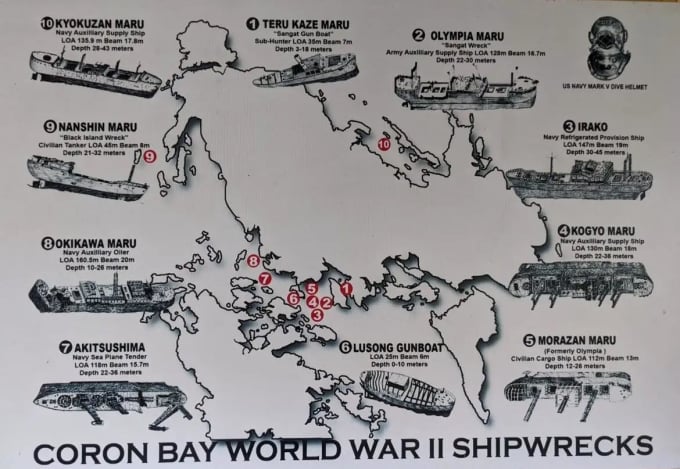
Map of shipwrecks in Coron Sea. Photo: road&river.com.
Khang has explored 8 out of 10 giant shipwrecks lying at the bottom of the Coron Sea, including: Akitsushima, Okikawa, Olympia, Morazan, Kogyo, Lusung Gunboat, Teru Kaze, Irako. According to Khang's tour guide, these are Japanese warships and cargo ships that sank in 1944, at the end of World War II. The ships are so large and long that the entire ship cannot be seen because the dark part of the seabed is at a depth of 3 - 43 m. Having slept for nearly 80 years, they have been taken over by nature as a habitat for many marine creatures such as fish, turtles, sea slugs, sea cucumbers and diverse coral reefs.
Khang was most impressed with the sunken ship Kogyo Maru (Japan) built in 1927, one of the largest wrecks in Coron. This is a cargo ship destroyed by American forces on September 24, 1944. The ship lies on its side at a depth of 16 - 34 m, about 129 m long.
Inside the ship, most of the machinery and construction materials such as stacks of cement bags, bulldozers, levers, and cement mixers were intact in the engine room, but were obscured by coral and plankton. Some of the larger components such as gears and coal burners were still clearly visible.
The experience of crawling into compartments and holes to explore dark, deep spaces with no visible bottom, only a few rays of light shining through cracks on the ship's hull is like a scene in a science fiction movie.
"It feels like getting lost in a maze while searching for treasure under a submerged ancient structure," Khang said.
After diving the shipwreck, Khang went to Calauit National Park in northern Coron to dive with dugongs, also known as sea cows. Dugongs are the source of mermaid legends because they breastfeed their young like humans. They typically swim in water 2 to 10 meters deep, can be 3 to 4 meters long, and weigh up to 450 kilograms, according to the Wildlife Conservation Society website. Calauit National Park has about 30 dugongs living around the island.
Each dugong diving tour will have 4 guests, a tour guide and two rangers from the National Park to supervise. Diving with dugongs must always keep a minimum distance of 5 meters and each group only has about 15 - 20 minutes to dive.
Dugongs are so large that even though they look like they are standing still, they actually move very quickly in the water. Because of the short time limit, Khang has to continuously swim to catch up. Khang recommends that visitors practice freediving if they want to experience swimming with dugongs.
Diving in Coron is cheaper than other places, but the experience is worth more than expected. In Asia, Coron is almost the only place with such large, majestic and intact shipwrecks, Khang said. Coron also impressed Khang with its cleanliness because during the whole trip, he did not see any trash on the pier, beach or in the sea.
Located in the tropical climate zone, the Philippines has two seasons: the rainy season (June-November) and the dry season (December-May). April and May are the months when the sea is calm, the best weather for diving in Coron. During the rainy season, the Philippines has to endure many storms that form from the Pacific Ocean, so avoid coming here at this time. Another thing to note is that if you want to swim inside the shipwrecks, visitors need a Wreck certificate (shipwreck diving certificate).
"Before, I only learned and heard about World War II through books. Now, seeing with my own eyes the ships of that period, the relics that once shook the planet lying at the bottom of the sea, like a forgotten part of history, I feel both nostalgic and excited," Khang said.
Quynh Mai
Photo courtesy of NVCC
Source link


![[Photo] The parade took to the streets, walking among the arms of tens of thousands of people.](https://vstatic.vietnam.vn/vietnam/resource/IMAGE/2025/4/30/180ec64521094c87bdb5a983ff1a30a4)
![[Photo] Panorama of the parade celebrating the 50th anniversary of the Liberation of the South and National Reunification](https://vstatic.vietnam.vn/vietnam/resource/IMAGE/2025/4/30/affbd72e439d4362962babbf222ffb8b)
![[Photo] "King Cobra" Su-30MK2 completed its glorious mission on April 30](https://vstatic.vietnam.vn/vietnam/resource/IMAGE/2025/4/30/5724b5c99b7a40db81aa7c418523defe)
![[Photo] Mass parade to celebrate 50 years of national reunification](https://vstatic.vietnam.vn/vietnam/resource/IMAGE/2025/4/30/825e459ee2f54d85b3a134cdcda46e0d)
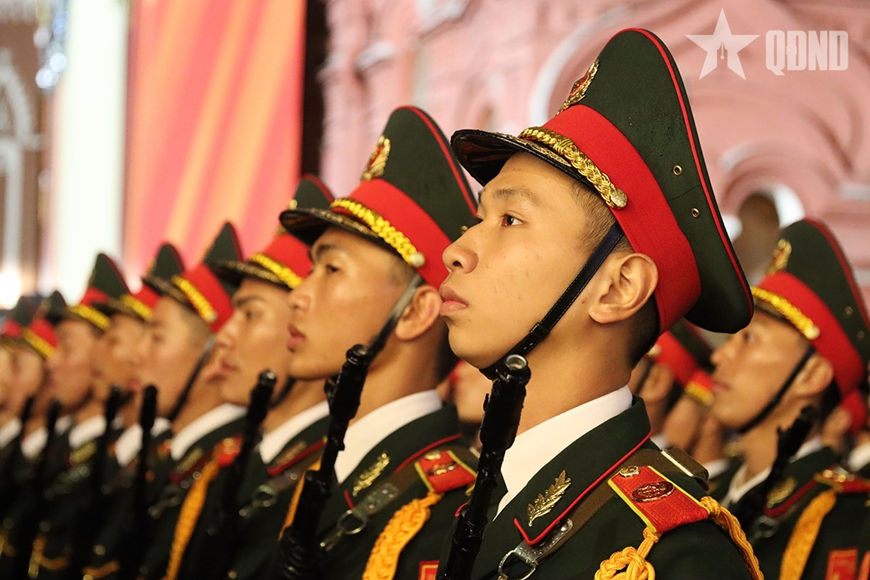

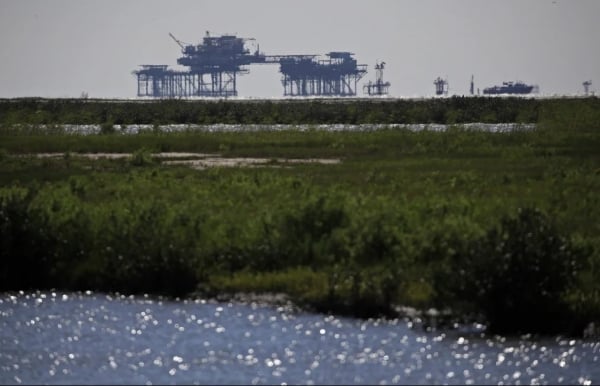

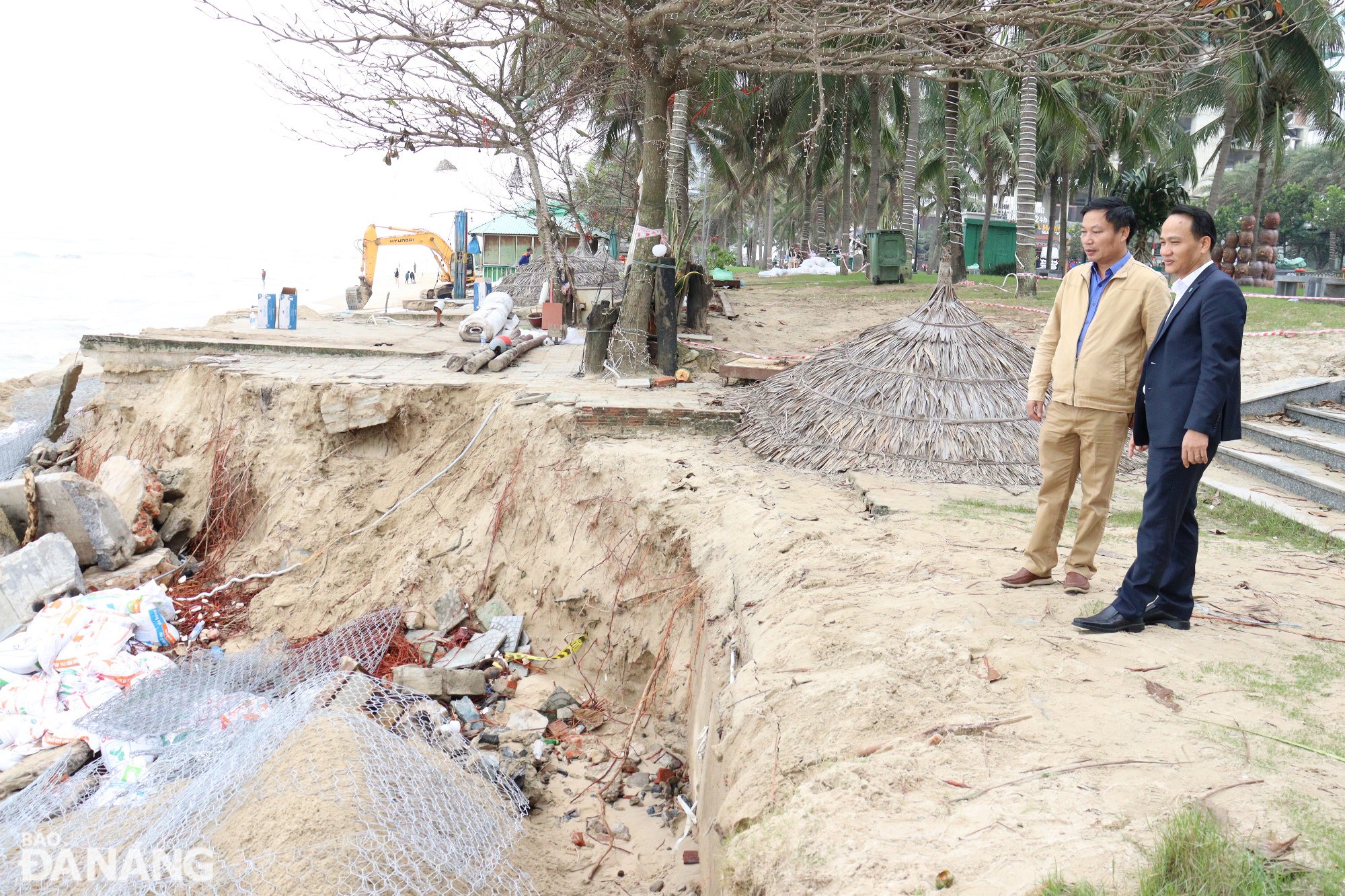

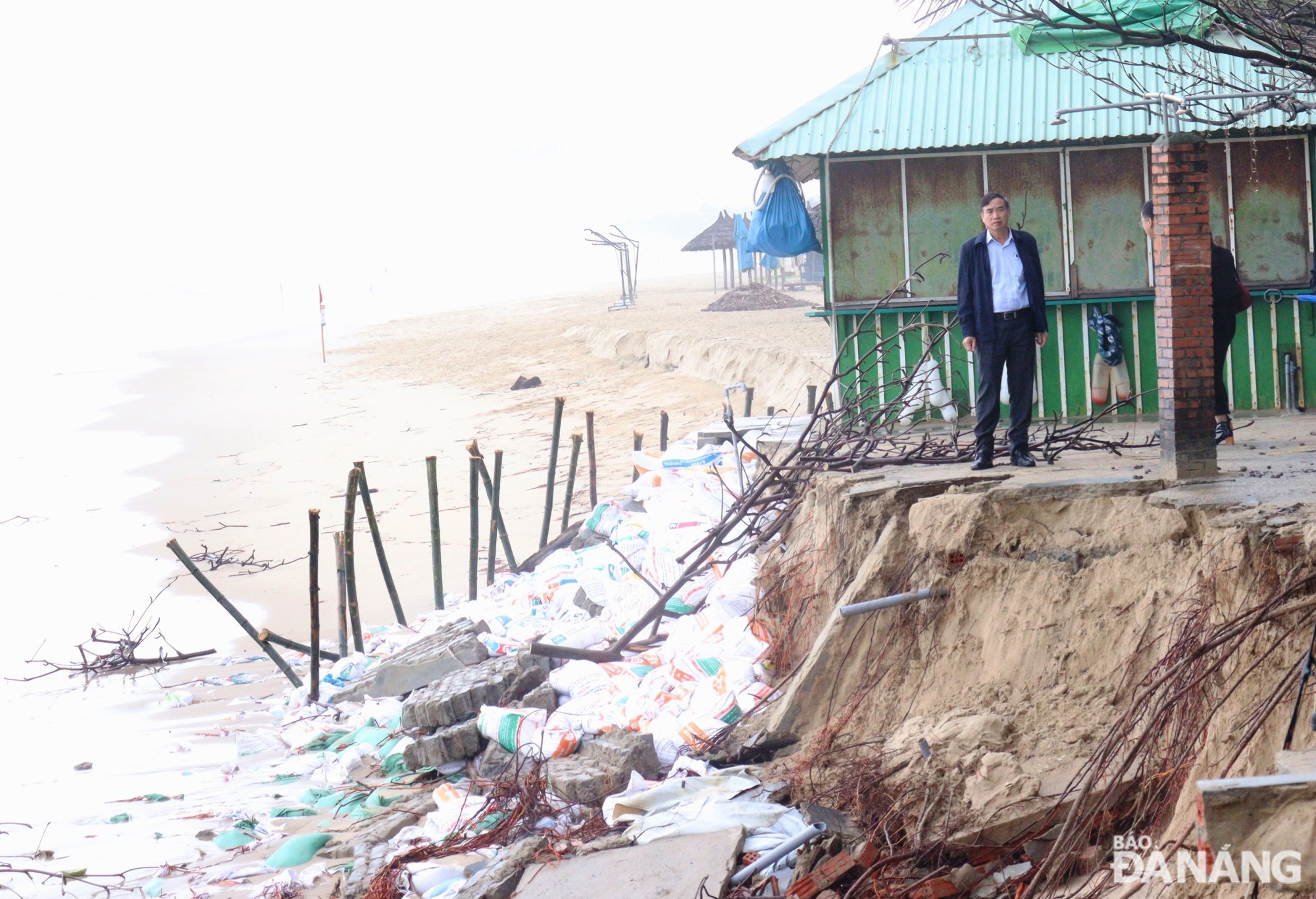
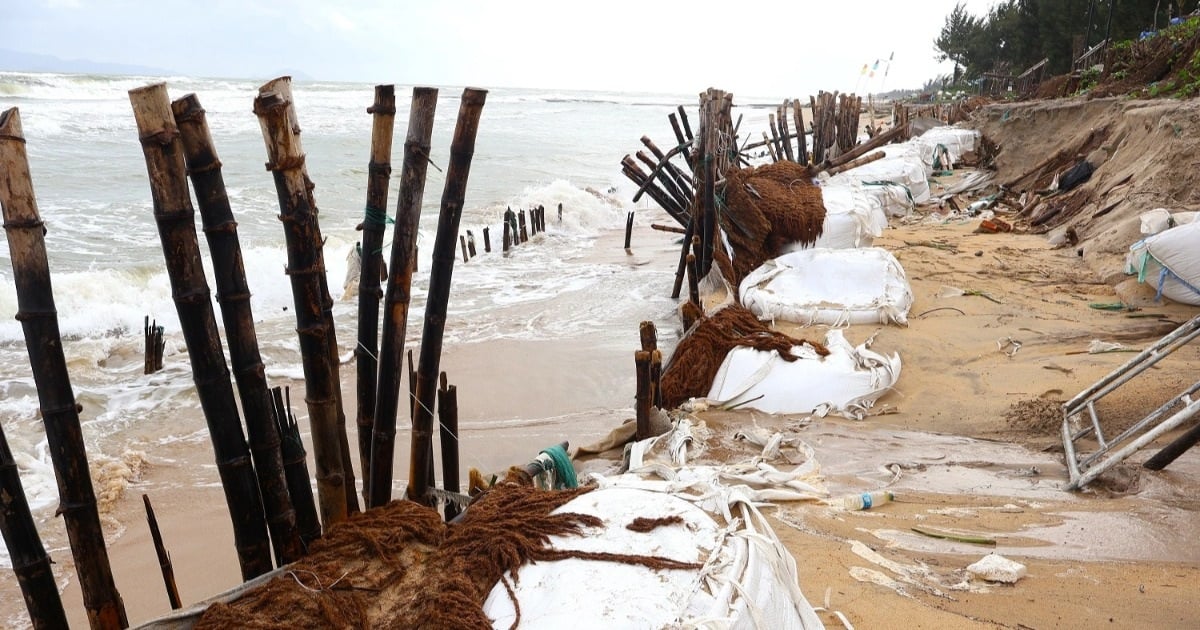

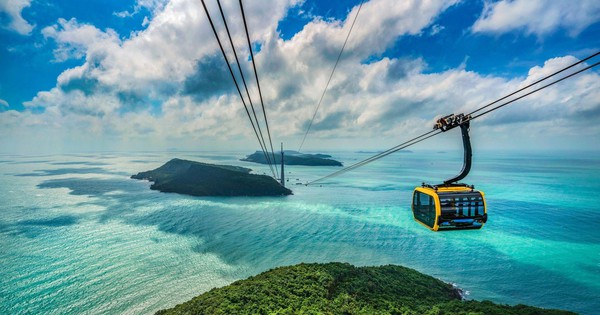

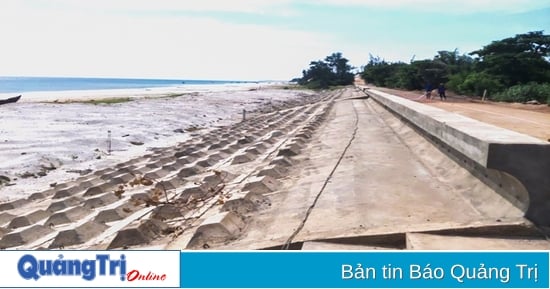
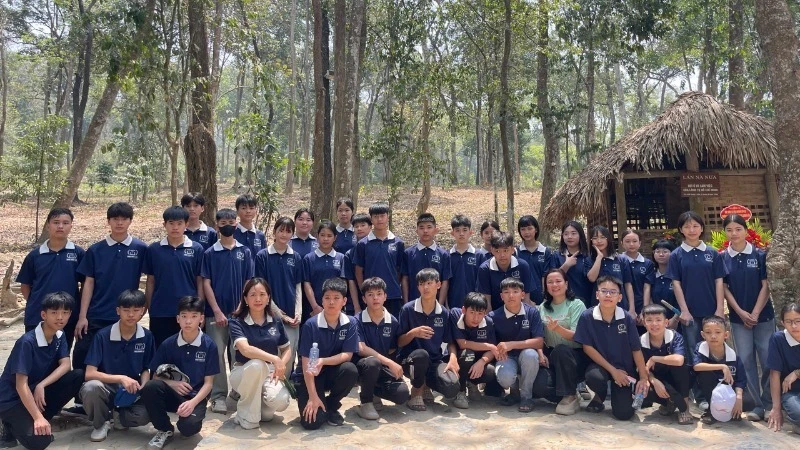
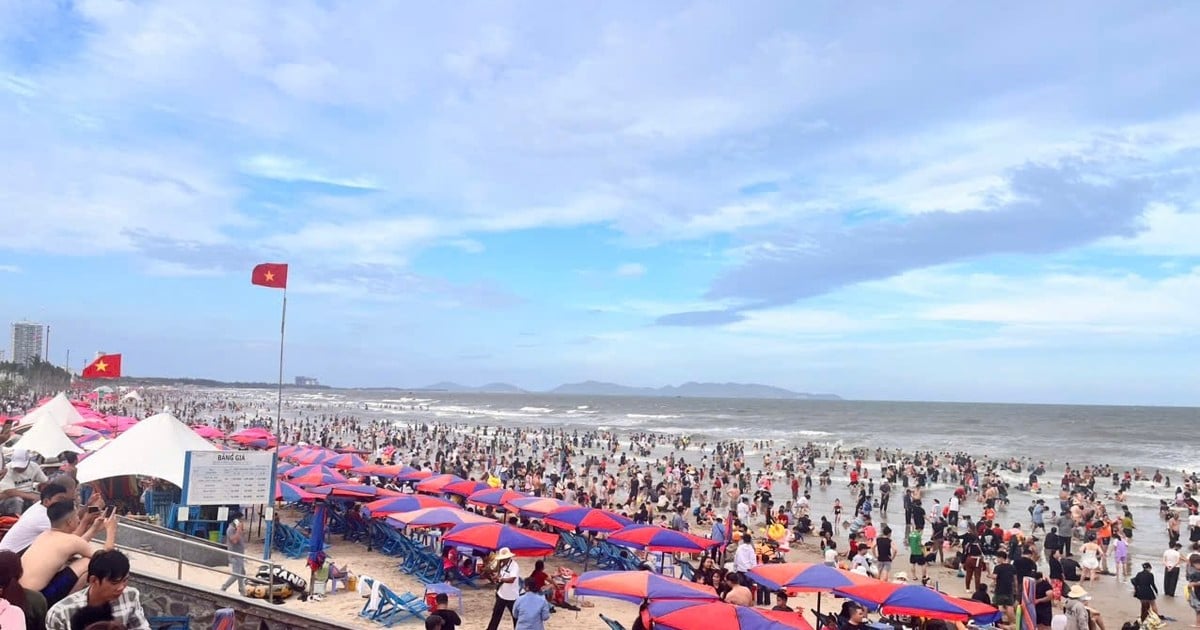
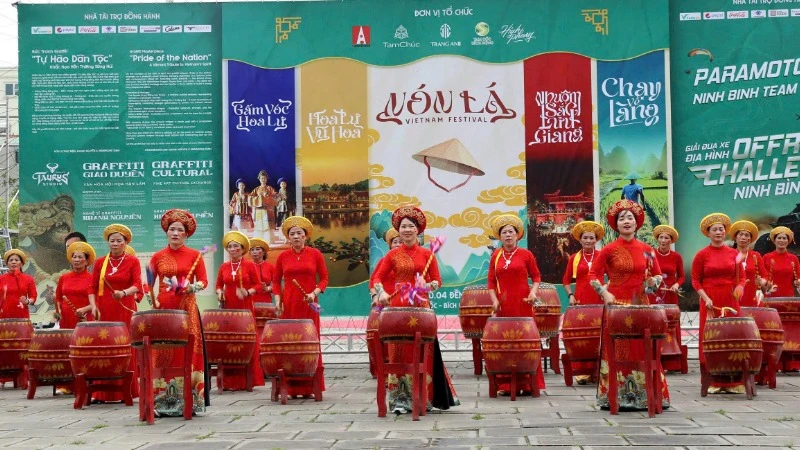

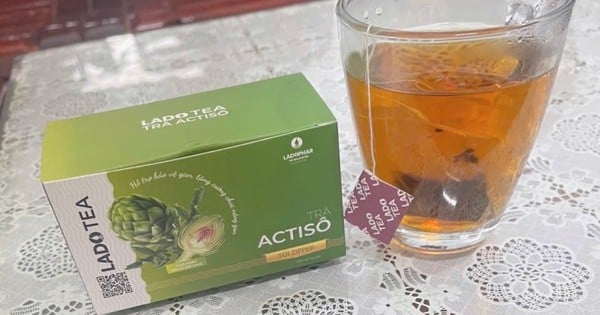
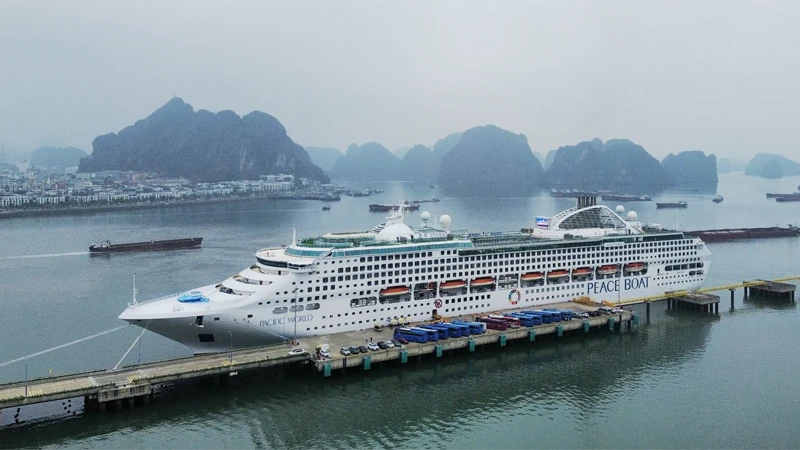

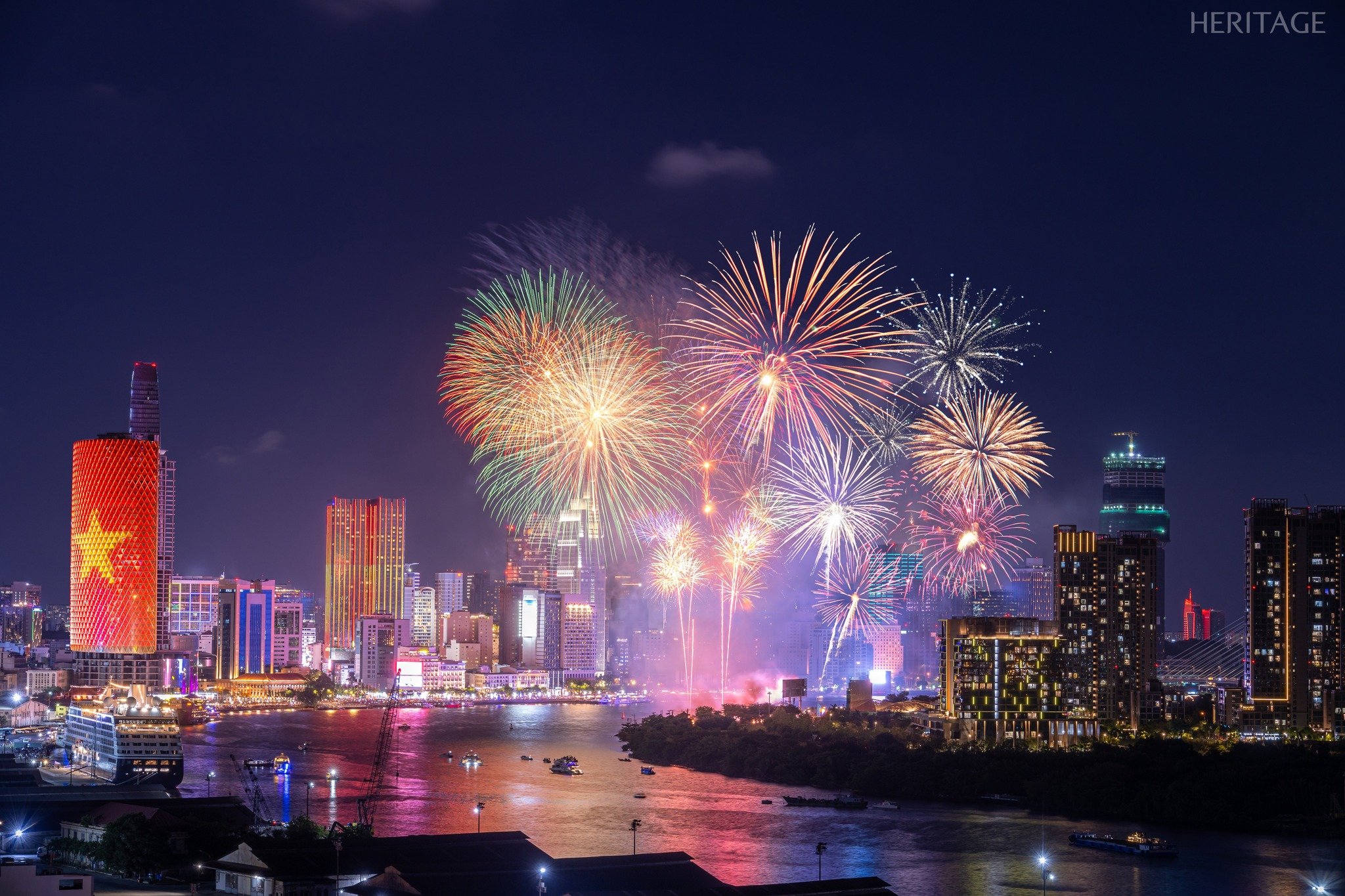
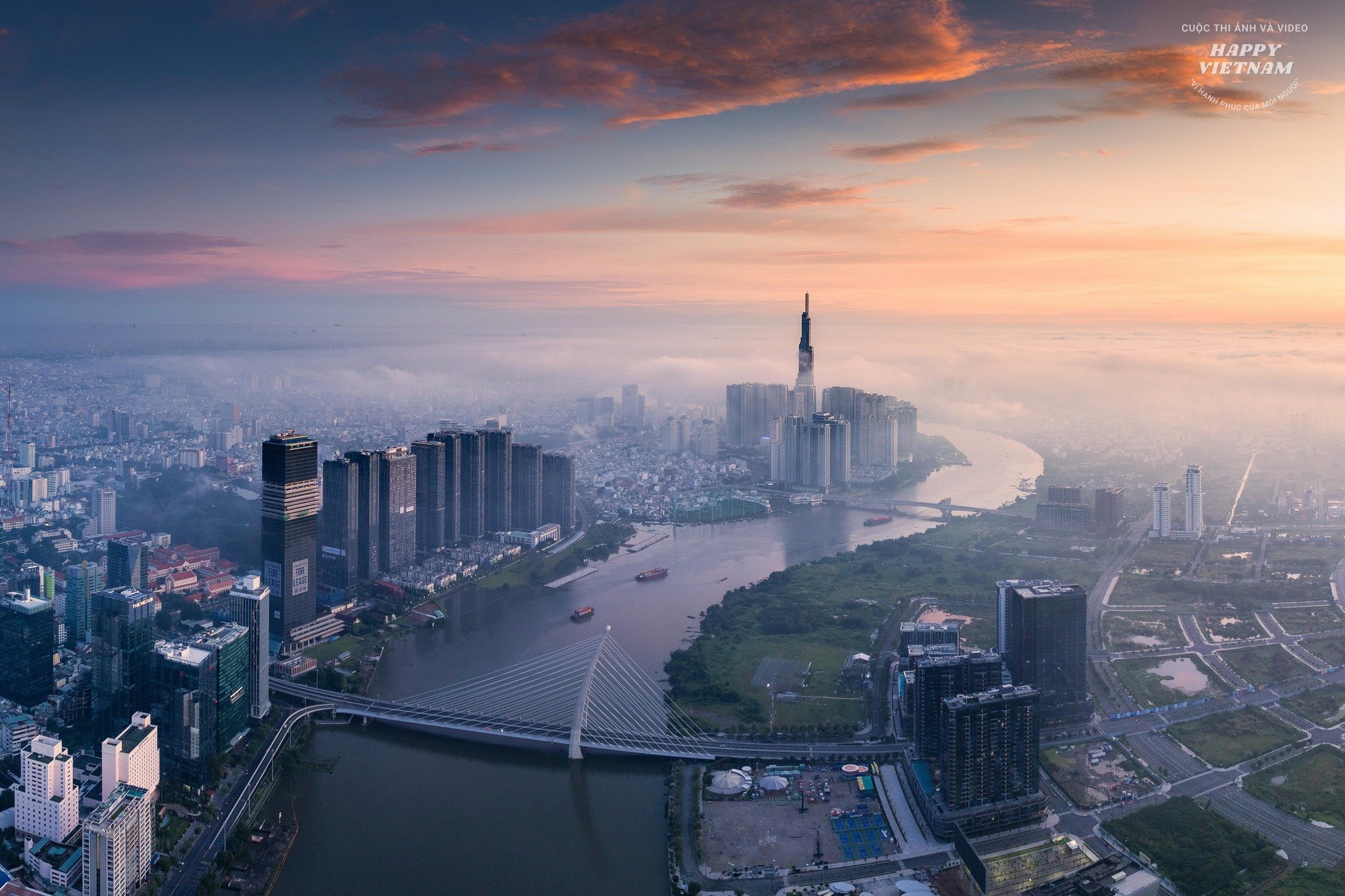
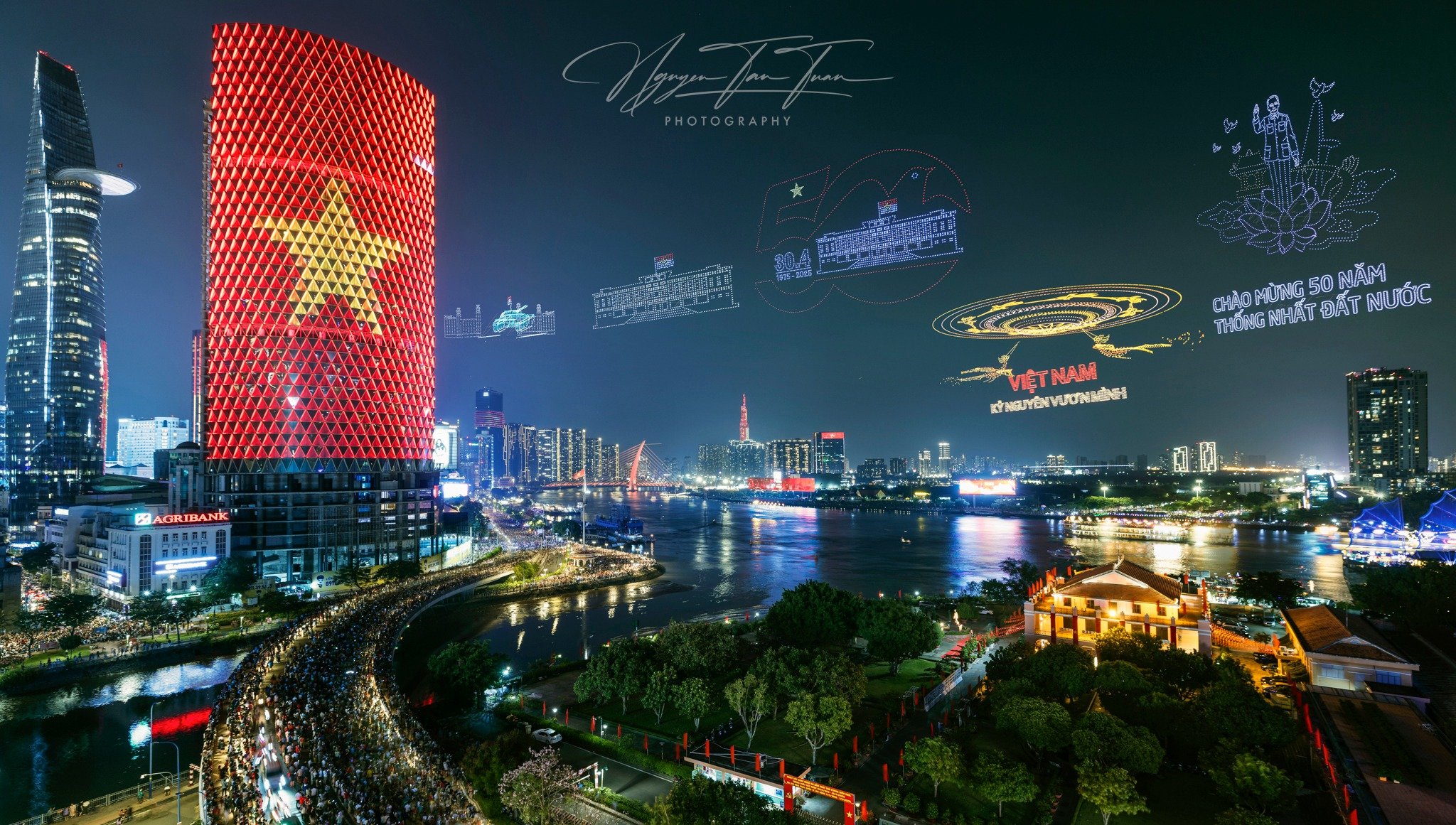






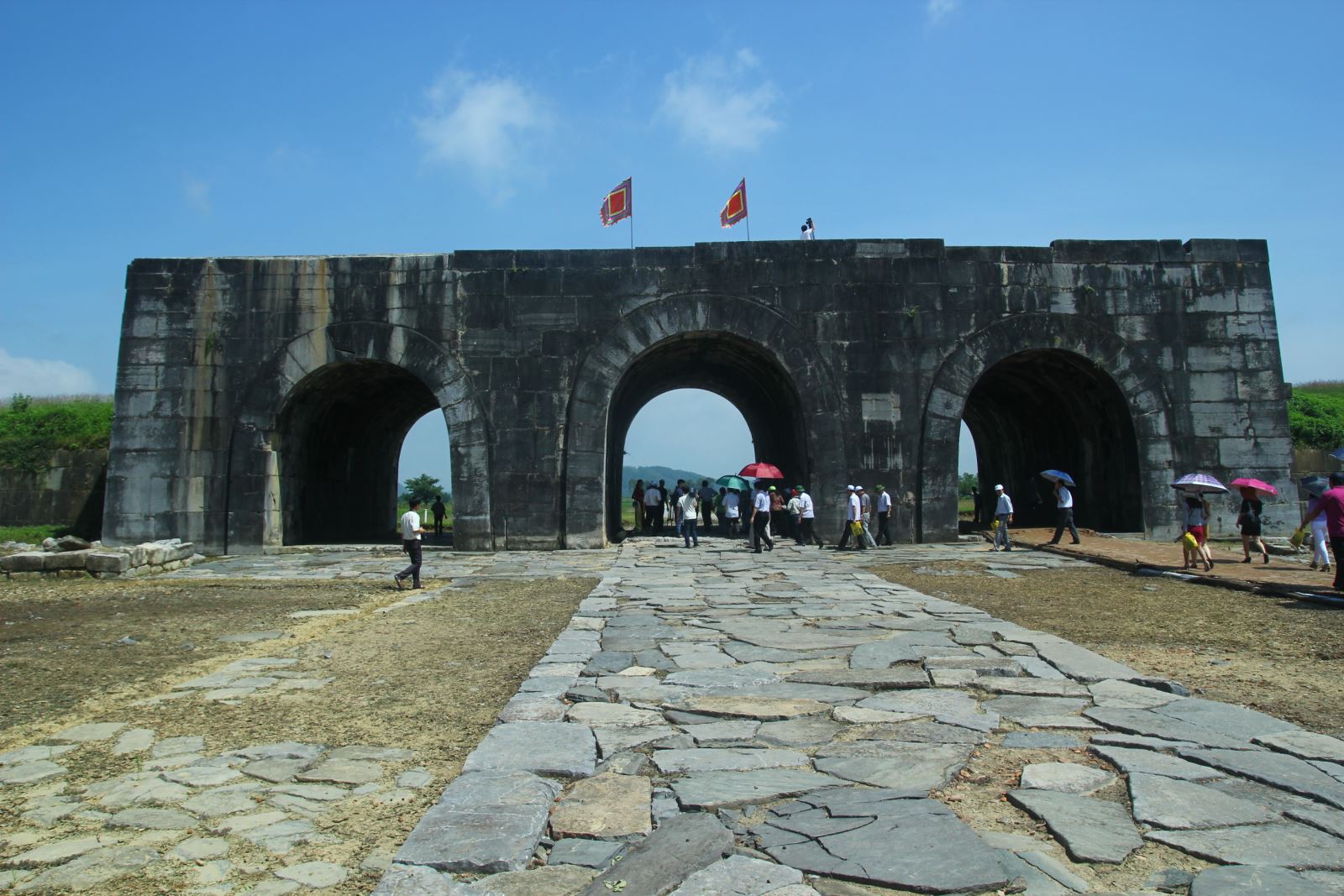

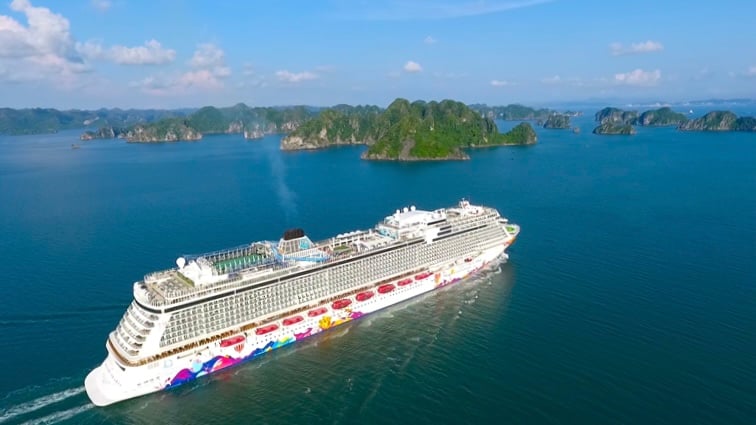

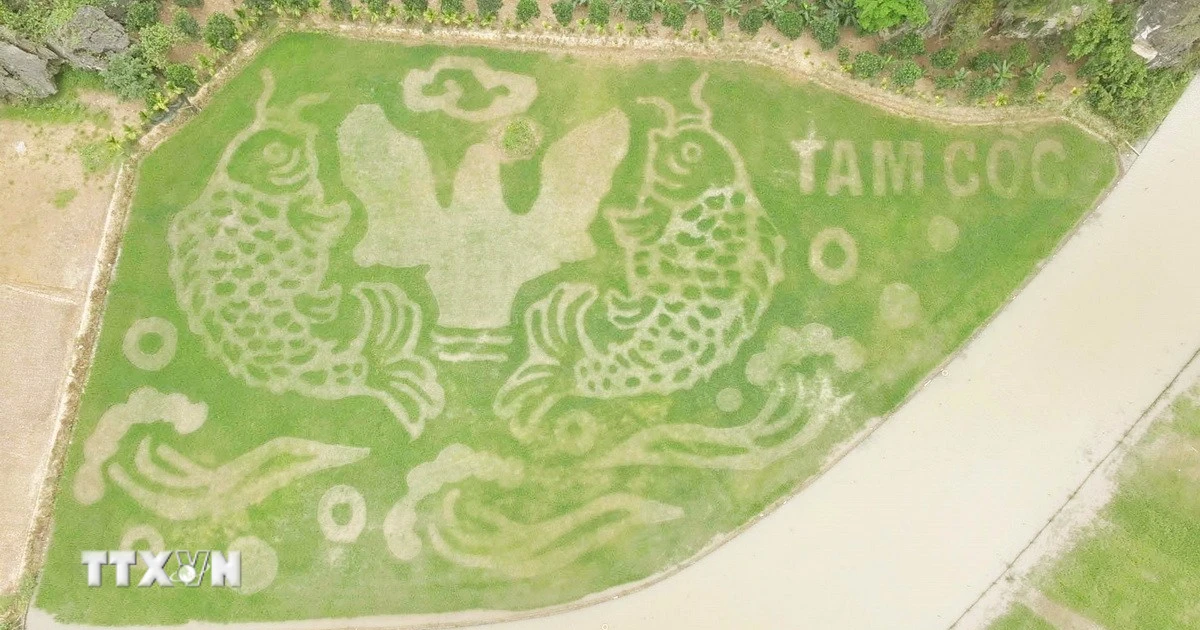

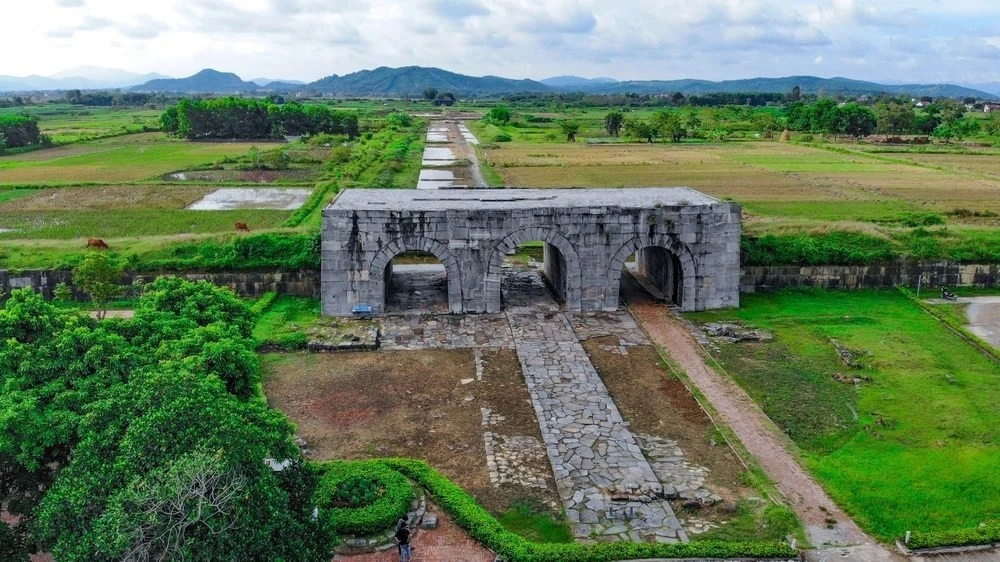

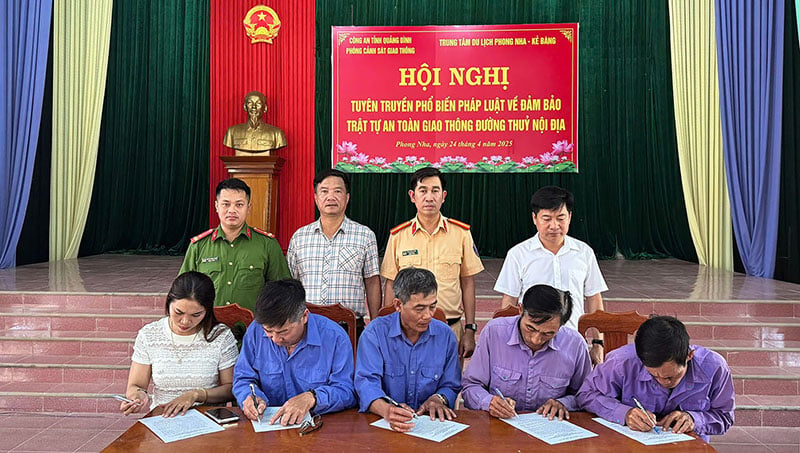

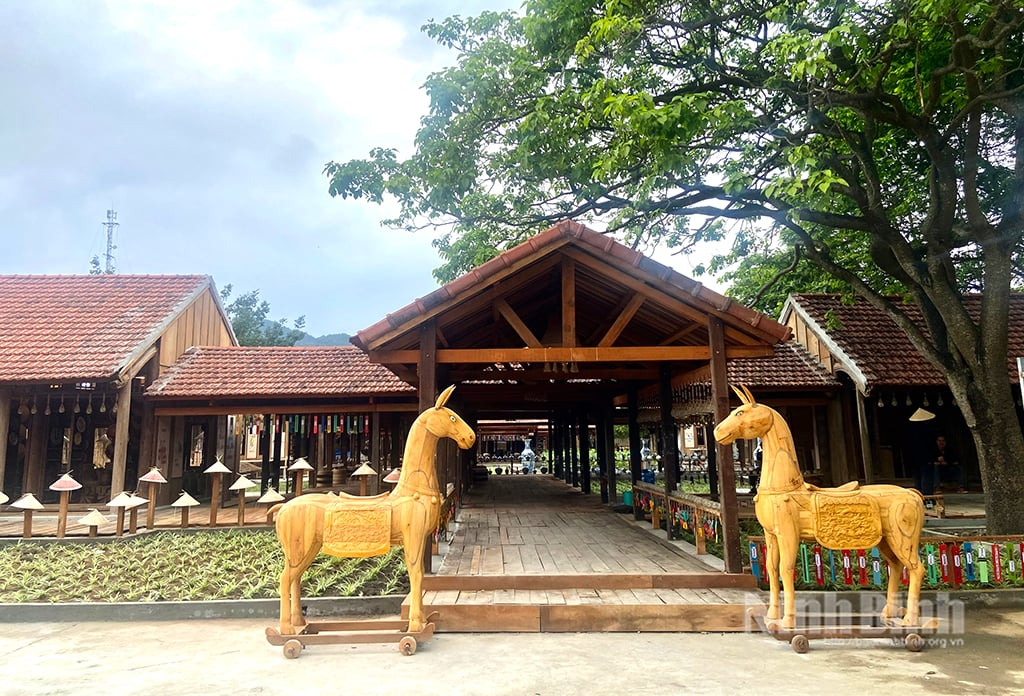



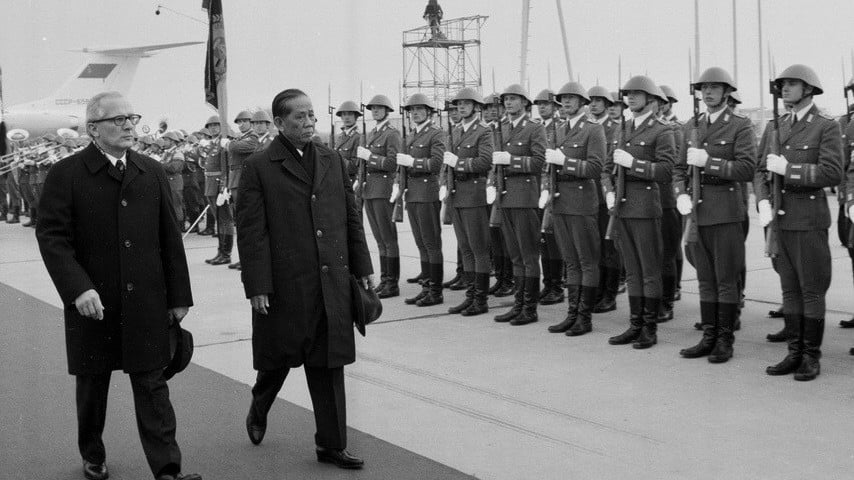

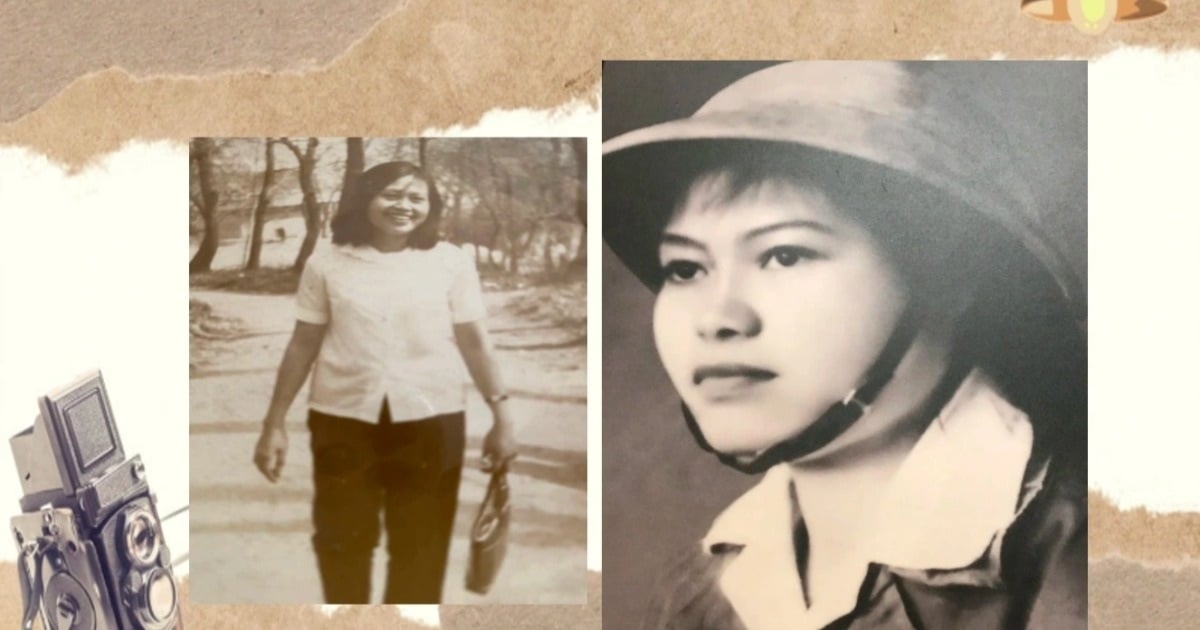
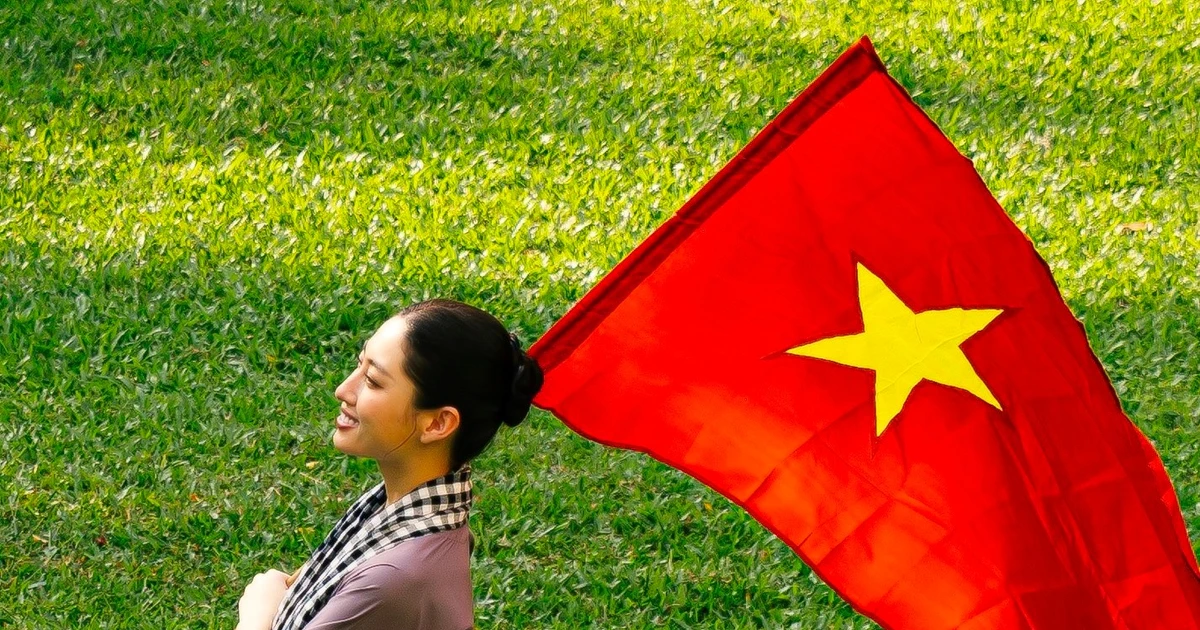






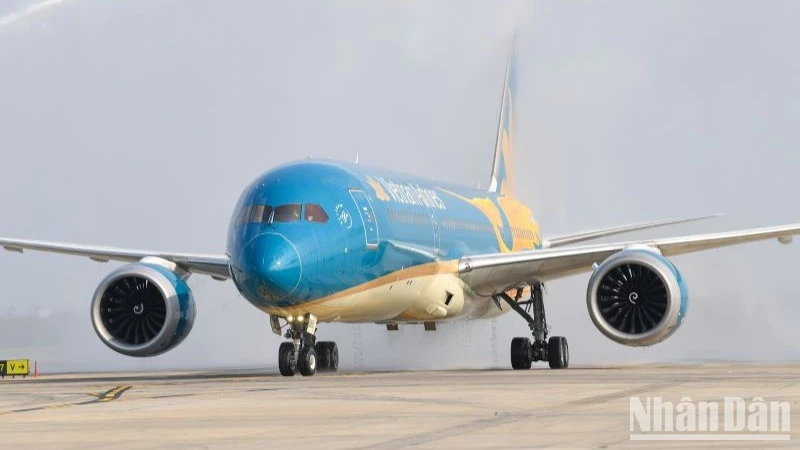

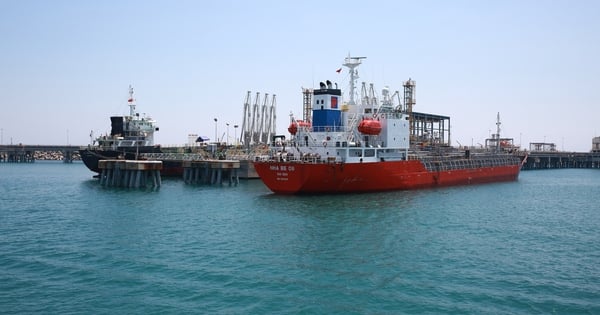


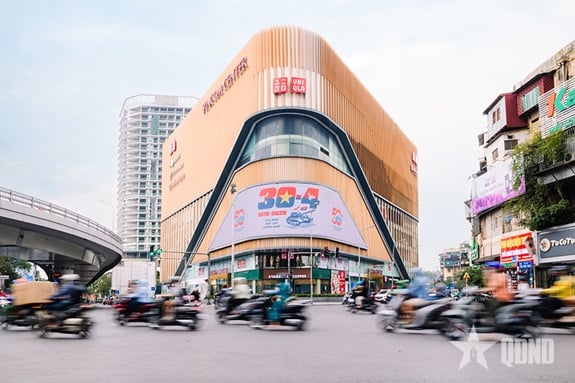



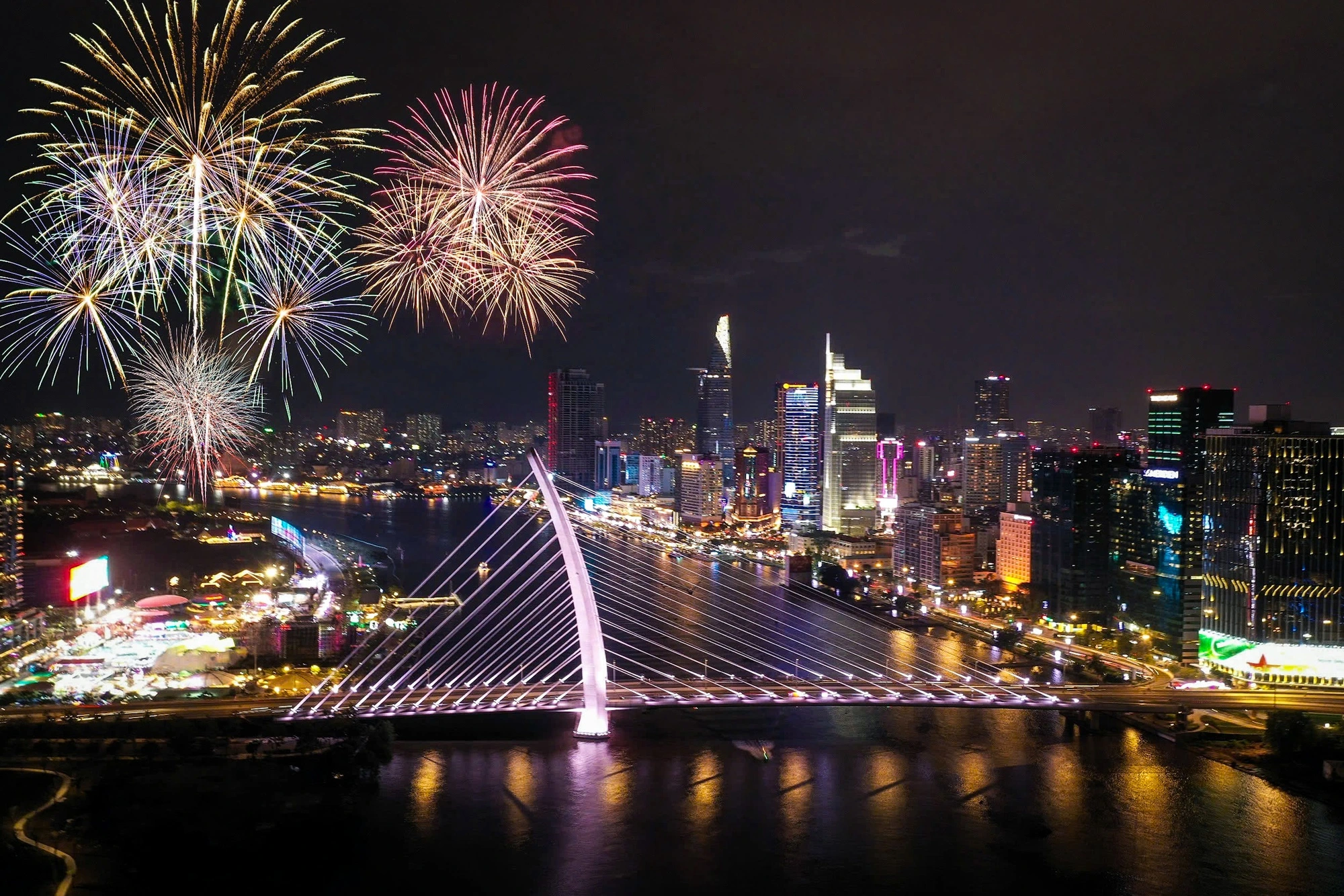

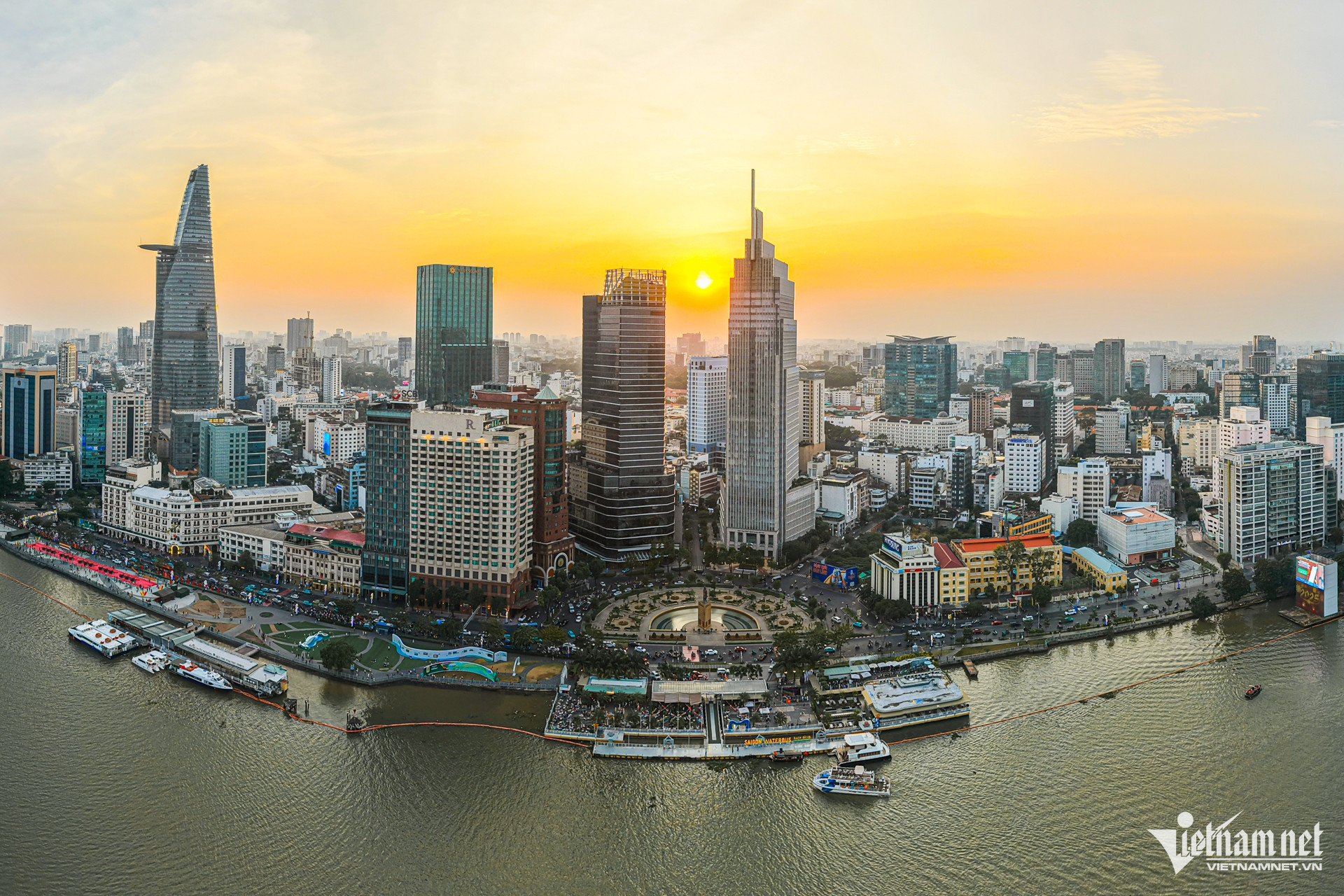

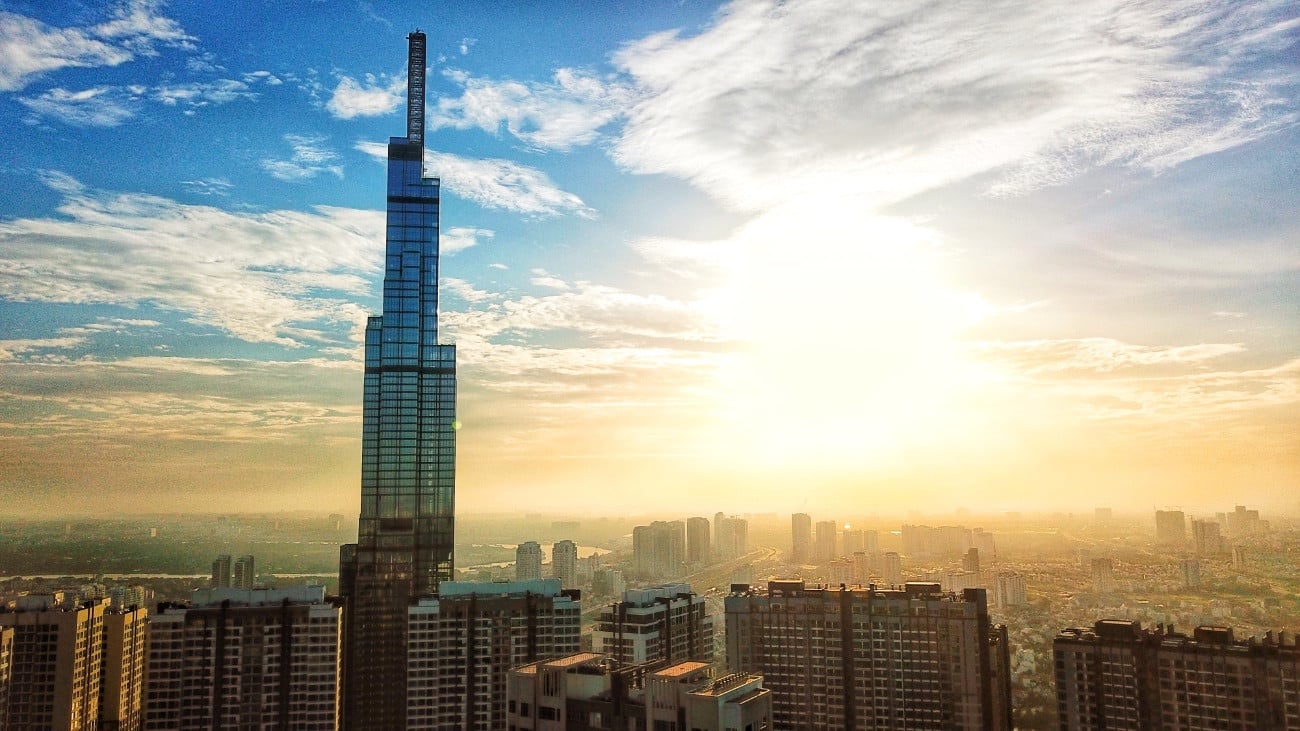
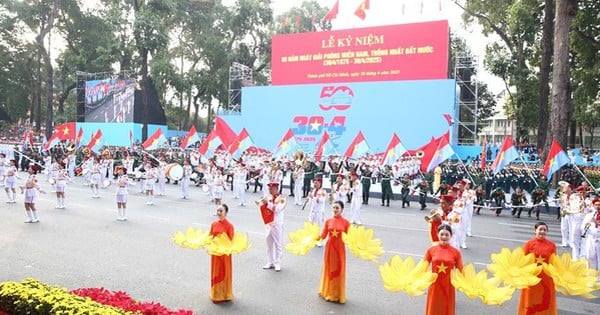

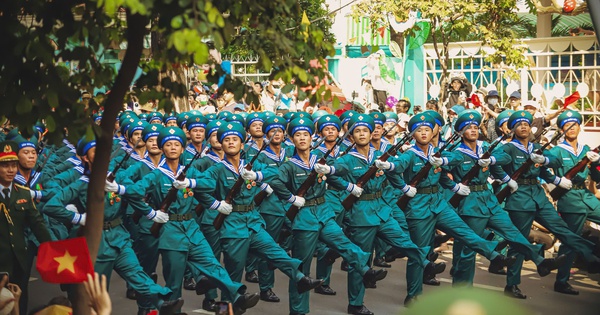
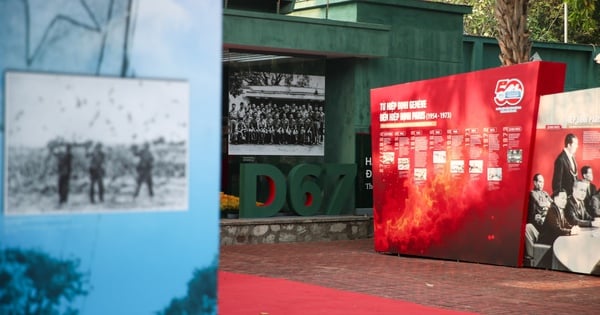





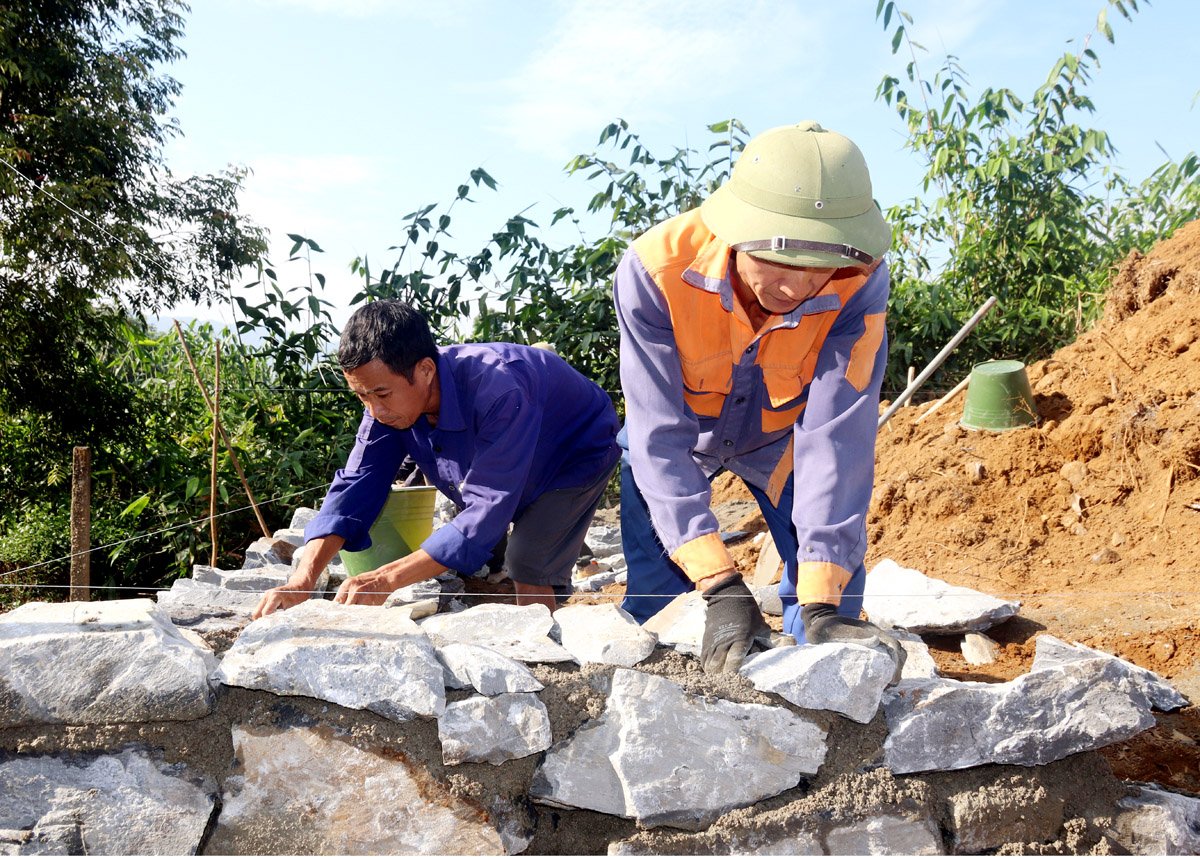

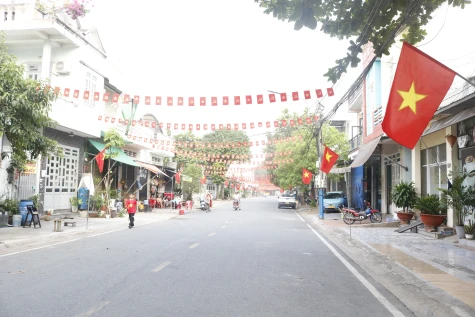

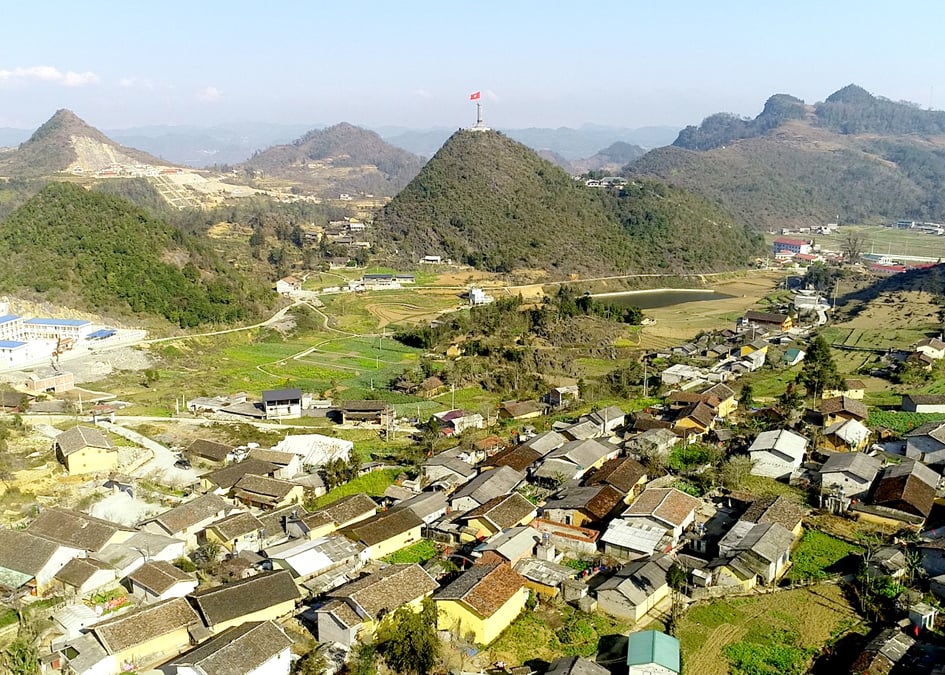


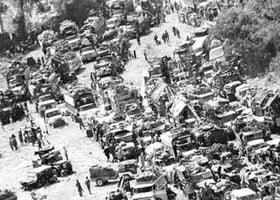








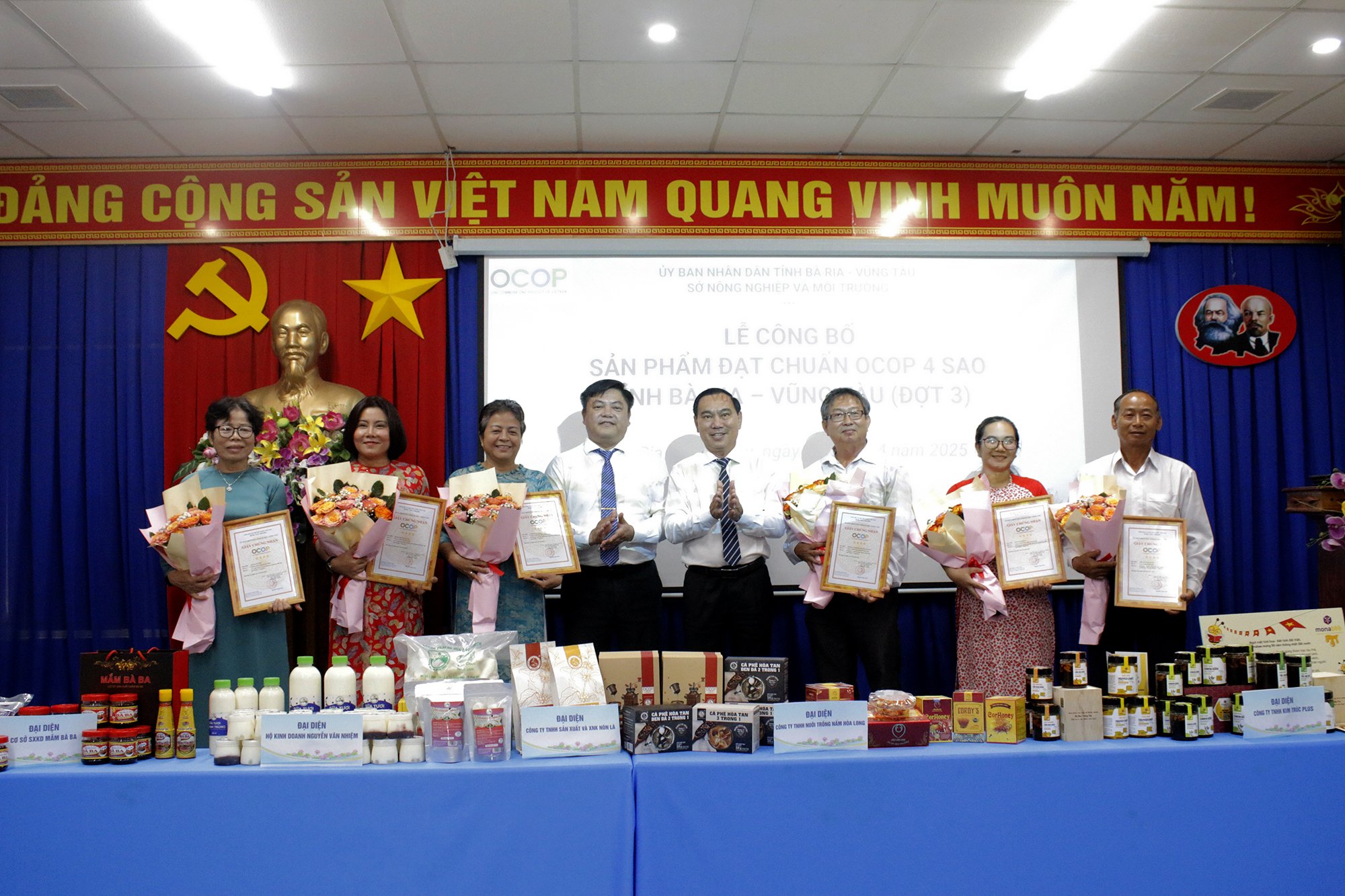


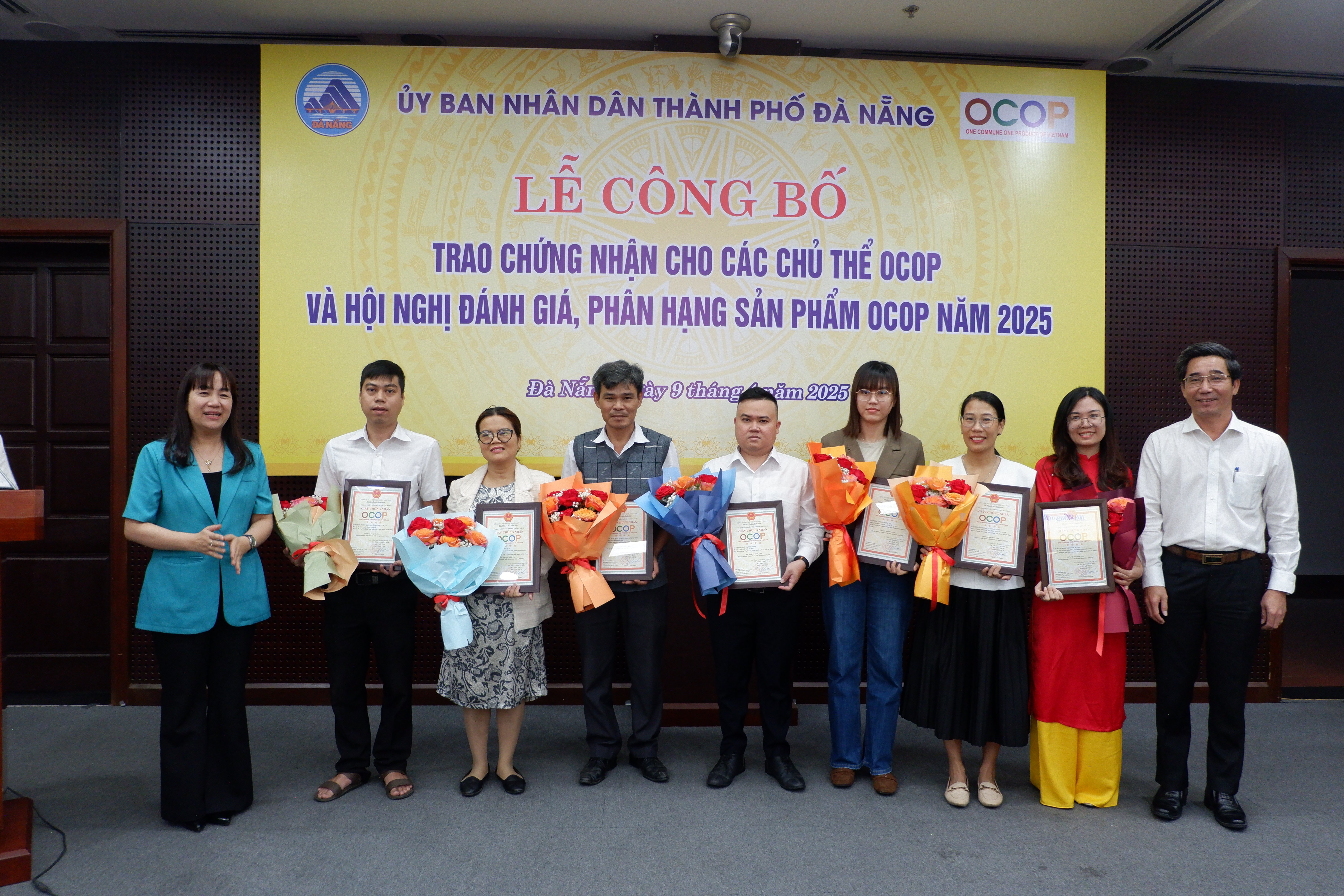

Comment (0)